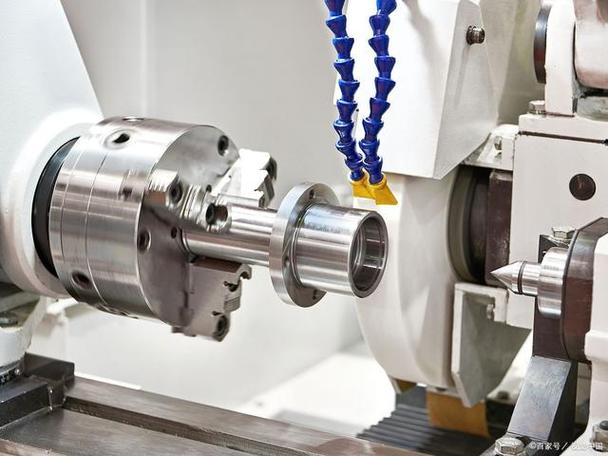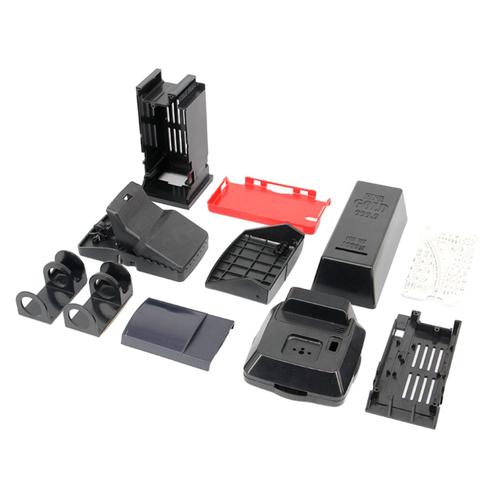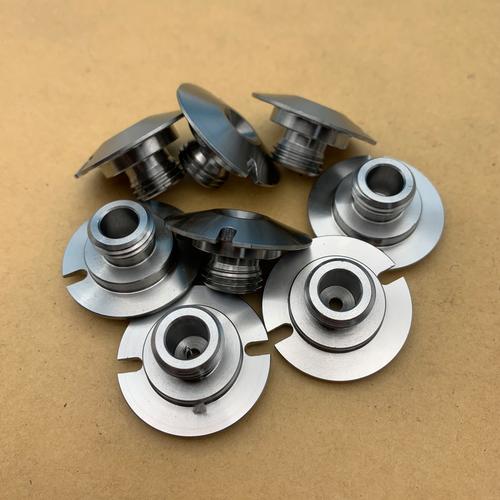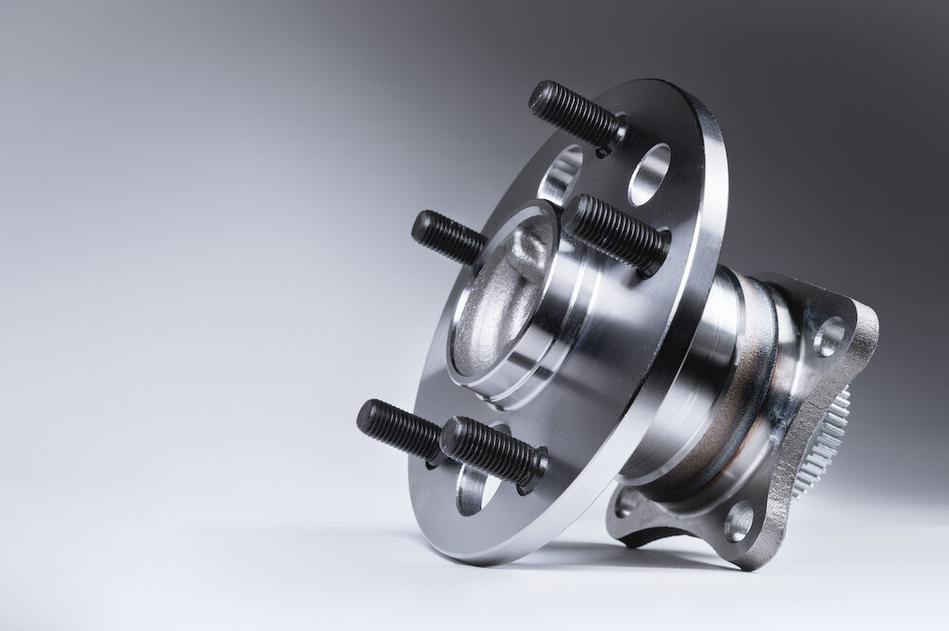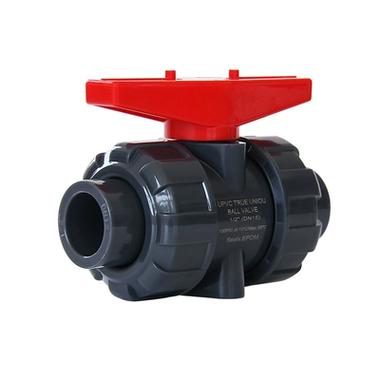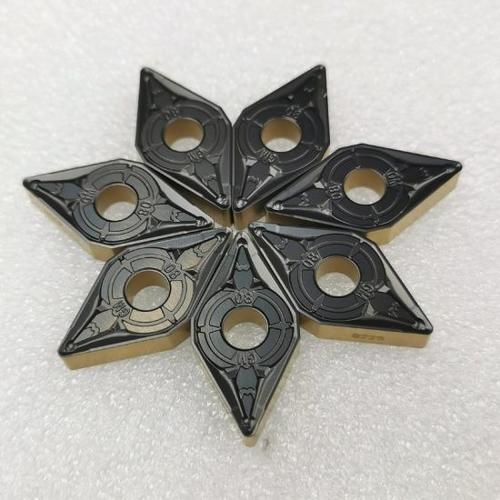Automotive plastic bumpers, as an important part of the car body, not only have the function of protecting the vehicle structure and absorbing collision energy, but also assume the role of beautifying the body lines and enhancing the overall appearance of the vehicle. The purpose of this manual is to introduce the customization service of automotive plastic bumpers in detail, covering the process, materials, characteristics, customizable specifications, application areas, product data testing and service advantages, etc., in order to meet the diversified needs of automobile manufacturers, tuning enthusiasts and repair service providers.
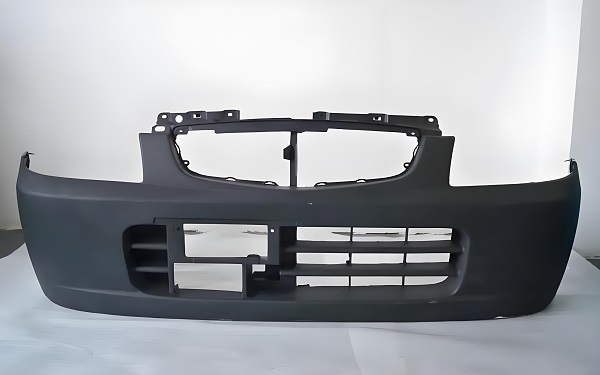
1. Material and process
Main material: High-performance thermoplastics such as polypropylene (PP), polycarbonate (PC), acrylonitrile-butadiene-styrene (ABS), etc., which have excellent impact resistance, weather resistance and lightweight characteristics.
Injection molding process: adopting high-precision injection molding technology to ensure the dimensional accuracy and surface quality of the bumper.
Surface treatment: optional painting, plating, texture treatment, etc. to enhance the aesthetics and durability of the bumper.
Reinforcement technology: such as adding glass fiber, carbon fiber and other reinforcing materials to improve the strength and rigidity of the bumper.
2. Product Characteristics
Lightweight: Plastic material significantly reduces the weight of the bumper, which helps to improve the fuel economy and handling performance of the vehicle.
Impact resistance: High-performance plastics have excellent impact resistance, effectively absorbing collision energy and protecting the vehicle structure.
Weather Resistance: UV, acid and alkali corrosion resistance ensures that the bumper remains in good condition in a variety of harsh environments.
Design Flexibility: Plastic bumpers are easy to mold and support complex designs to meet individual needs.
3. Customizable specifications
Size: Customized bumpers of different sizes and shapes according to car models and customer needs.
Color: Provide a variety of standard color choices and support customized exclusive colors.
Structure: Customize the internal structure and energy absorption design of the bumper according to the crash test and vehicle safety standards.
Accessories: Optional fog lamps, trailer hooks, sensors and other accessories are available to enhance the functionality of the bumper.
4. Application Areas
OEM automobile manufacturers: as a standard configuration or upgrade option to enhance vehicle safety and aesthetics.
Automotive tuning market: to meet the demand for personalized tuning, enhance vehicle uniqueness and performance.
Automotive repair service: Replace damaged bumpers to restore vehicle appearance and function.
5. Product Data Testing
Crash test: In accordance with international or regional safety standards, frontal and side impact tests are conducted to verify the bumper’s energy-absorbing effect and vehicle protection capability.
Weather resistance test: under simulated extreme climate conditions, test the color stability, material strength and surface quality of the bumper.
Material performance test: including tensile strength, bending strength, impact toughness, etc., to ensure that the material meets the design requirements.
Durability test: simulate vibration, friction, etc. during long-term use to test the durability and reliability of the bumper.
6. Service Advantages
Personalized customization: Provide a full range of customization services from size, color, structure to accessories to meet customers’ individual needs.
Rapid response: establish a rapid response mechanism to ensure that customer inquiries, orders, after-sales and other issues are handled in a timely manner.
Technical Support: Provide detailed product manuals, installation guides and operation videos, and support on-site installation guidance and technical training.
Continuous optimization: Collect customer feedback regularly, continuously optimize product design and production process, and improve product quality and service level.
7.Customization Process
Demand communication: Customers submit customization demand by phone or online platform, including models, sizes, colors, structures, accessories, etc.
Program design: The technical team will design the preliminary program according to the customer’s needs, including bumper structure design, material selection, production process, etc.
Solution Confirmation: The customer reviews and confirms the design, and discusses details such as price and delivery date.
Production: Production is carried out according to the confirmed plan, including material procurement, injection molding, surface treatment, assembly and other links.
Quality Inspection: After completing all the production links, strict pre-factory quality inspection is carried out to ensure product quality.
Shipment and after-sales service: After ensuring that the products meet the standards, arrange for shipment and provide comprehensive after-sales service support.
Conclusion
The Automotive Plastic Bumper Customization Service Manual is designed to provide customers with detailed product information and customization service guidelines to ensure that every customer gets the bumper product that best suits his or her needs. We are committed to helping you succeed in your automotive manufacturing, modification or repair project with quality products, professional services and continuous innovation. We look forward to working with you to create the future!

